Product information
Reviews
Shipping & returns
Product information
NI SCXI-1104D 32-channel medium-voltage input module
Performance parameters
Channel specification: It has 32 differential analog input channels and no single-ended input mode.
Signal range: The processable signal range is 30V AC rms, ±42V AC peak, and ±60V DC.
Filter: Each channel is equipped with a three-pole low-pass filter with a cut-off frequency of 2Hz, which can effectively filter out noise at 60Hz.
Attenuator: Each channel has a 10-way attenuator stage before the amplifier. Users can transfer multiple input channels to the output of a single module to drive the input channels of the data acquisition device.
Connection method: A 50-pin male ribbon cable rear connector and a 96-pin male DIN C-type front connector are adopted for convenient connection with other devices.
Input impedance: It usually has a relatively high input impedance, generally above 10MΩ, to reduce the load effect on the signal source under test and ensure the accuracy of the measurement.
Gain accuracy: The gain accuracy is relatively high, with typical values reaching ±0.1%, capable of precisely amplifying or attenuating the input signal.
Linearity: It has excellent linearity, usually within ±0.01%, ensuring a high degree of linear relationship between the input signal and the output signal, thereby guaranteeing the reliability of the measurement results.
Common Mode Rejection Ratio (CMRR) : A relatively high CMRR, typically greater than 100dB, indicates that the module has a strong ability to suppress common mode signals, effectively distinguishing between differential mode signals and common mode signals, and improving the quality of signal acquisition.

Application field
Industrial automation: In the industrial production process, it is used to monitor the output signals of various medium-pressure sensors, such as pressure sensors, liquid level sensors, flow sensors, etc., providing accurate data support for the automation control system and achieving precise control and optimization of the production process.
Power system monitoring: It can be used in power systems to monitor and analyze parameters such as voltage and current of medium-voltage lines, helping power engineers promptly identify abnormal conditions in the power system and ensuring its safe and stable operation.
Scientific research experiments: In various scientific research experiments, it is often used to collect various medium-voltage analog signals, such as output signals from electronic devices and sensor signals in physical experiments, providing researchers with high-precision signal collection and analysis methods, and facilitating scientific research and experimental development.
Testing and Measurement: In the field of product testing and quality inspection, it can be used to conduct performance tests and parameter measurements on various devices or components with medium voltage output, such as electronic instruments and electrical equipment, to ensure that the products meet quality standards and design requirements.


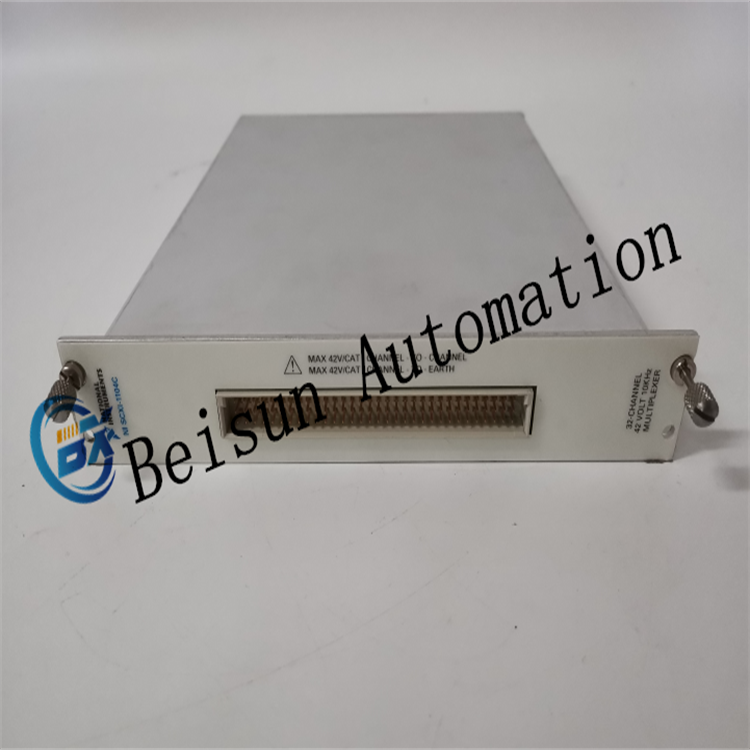
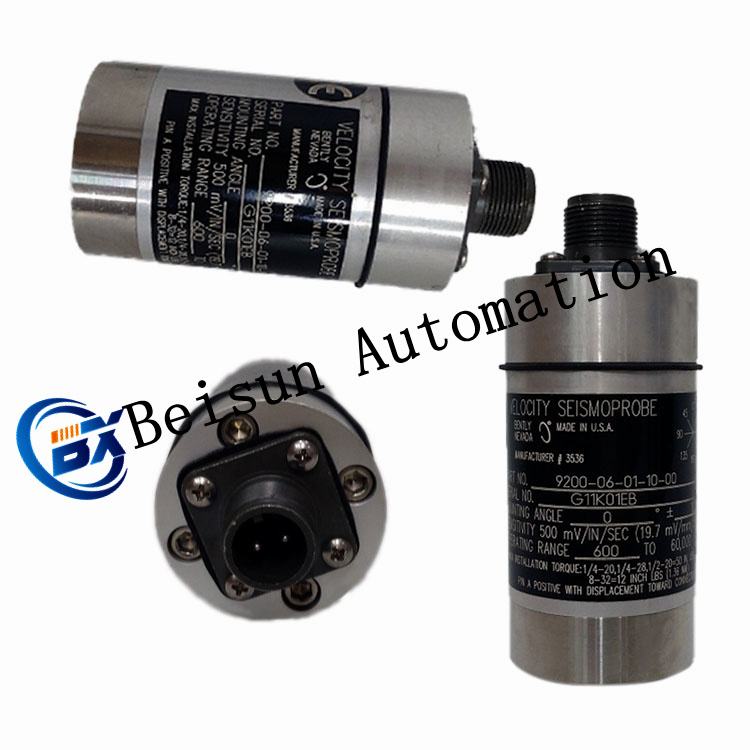
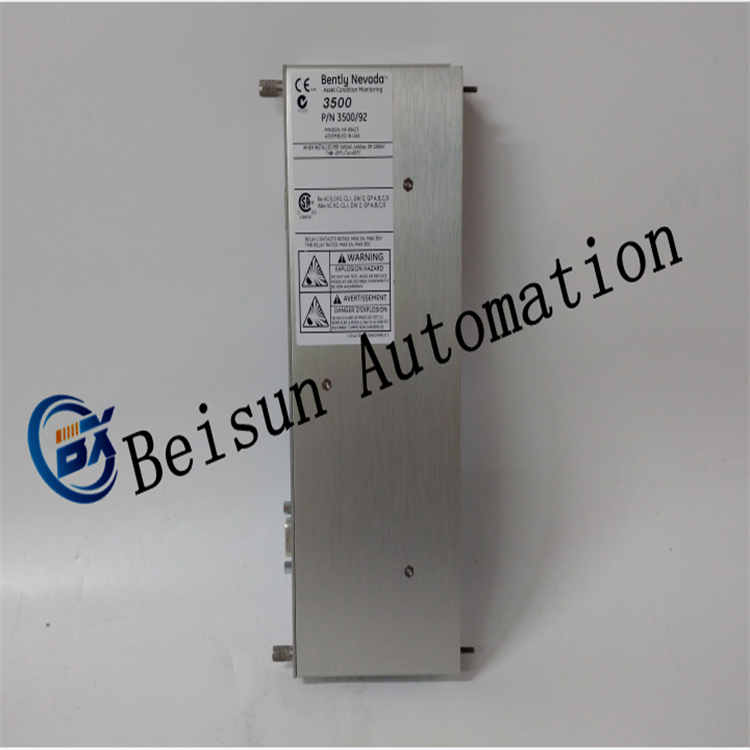
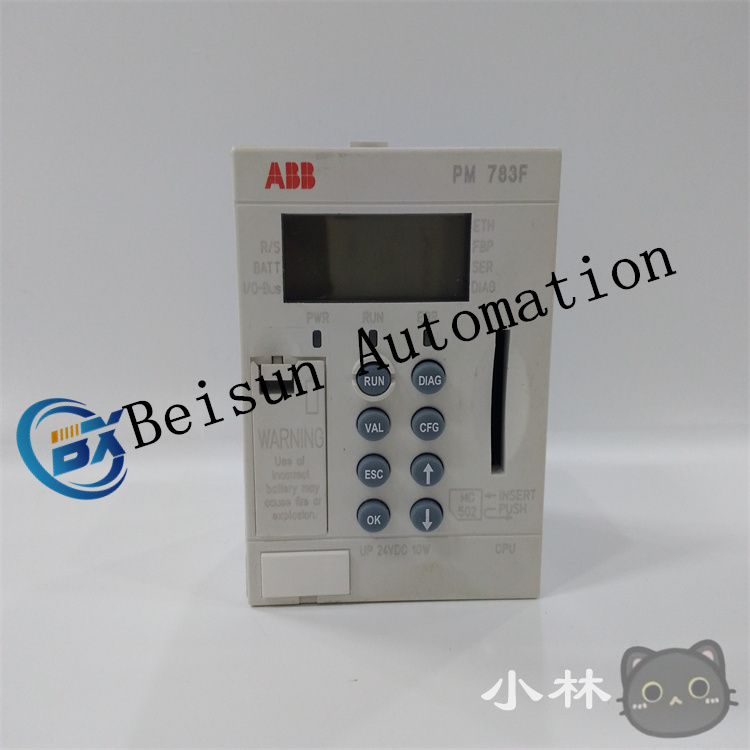
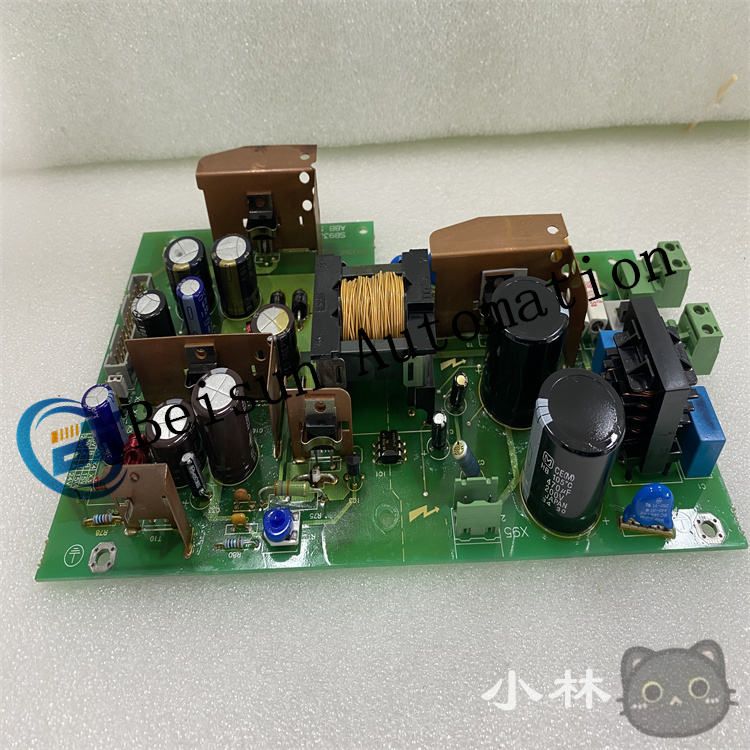

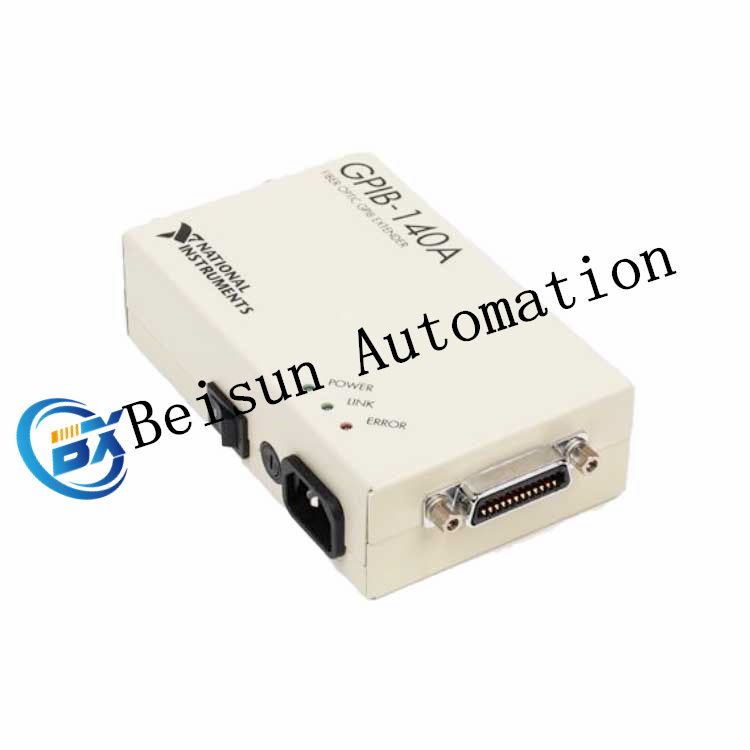
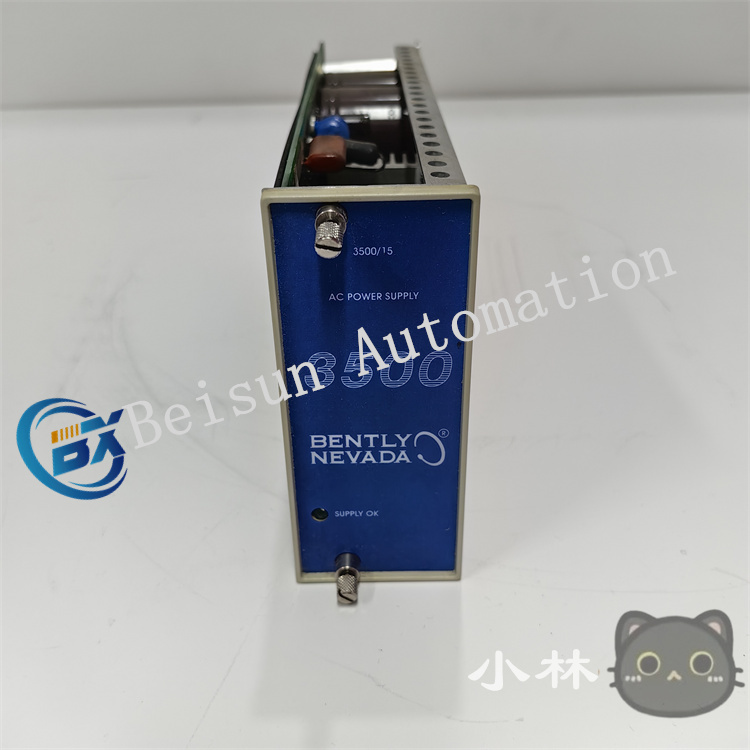
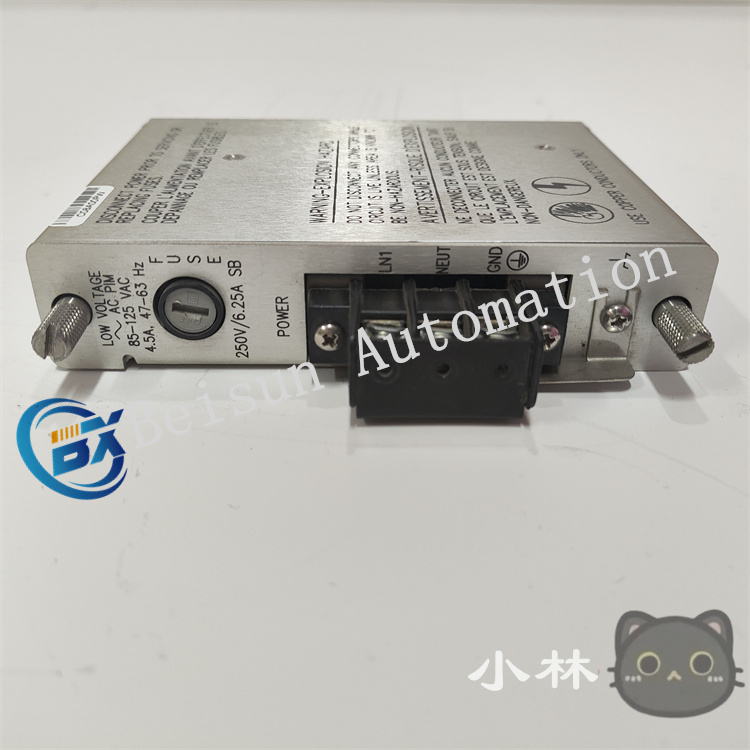
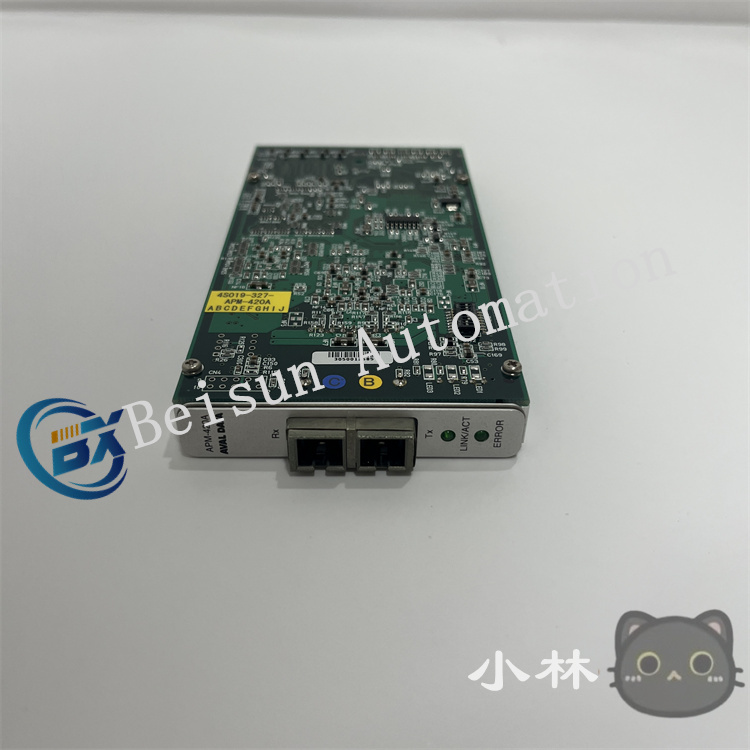




Reviews
There are no reviews yet.